Wind Beyond Wind: Covering Tacloban
I was sent into the Philippines to cover the aftermath of Typhoon Yolanda/Haiyan. The work was, as is always the case in disasters, continuous and intense, but I did manage to write a couple of blog entries and take some pictures. I only had a small Canon G11 pocket camera with me, which was just as well, since I could not have carried my Nikon gear while I was working. I don’t think I want to make a photo gallery out of these, but putting them on a blog page seems a good compromise. Here then, is the story of a storm powerful in more ways than one:
2013/11/15
Living in a destroyed school in a small village in the mountains above Tacloban. We work and sleep in one room that becomes a pond when it rains, which is often. In the entire school, it is only one of two structures that still have any roof at all. We did manage to chopper in a tarp to cover the gaping hole at the front end, and soon we will know if we can put anything back on the floor.
All infrastructure is gone. There is no electricity, and hardly any food. The nearest real supplies are four hours’ drive away. We live on crackers, a little rice and instant coffee. There is chicken too, which so far I have managed to avoid.
In town most of the bodies are off the streets, but the destruction is horrific. It must have been a storm of unimaginable force–like a twister 50 kilometers wide. Wind gusting to 300 kilometers per hour….
I am glad that I did not see the scenes described by my colleagues–hundreds of corpses strewn everywhere. I get to film happier scenes: aid and relief have finally found their footing. Food and water are flowing to those in need. The spirit of the people impresses us all. They are gentle and happy, and smiles light their faces even in the midst of tragedy. International aid workers are beautifully organized; committed and compassionate: angels do walk the earth.
And yet there is a darker side. Escaped convicts and NPA guerrilla soldiers roam the countryside. We have a number of reports of them breaking into houses looking for food, water and valuables, killing families and raping women and children.
Our village has set up a volunteer 24/7 security protocol, with manned checkpoints, and bells rung at 16 stations around the village every hour on the hour from dusk until dawn. The main “bell” is an old diving tank struck with a length of steel pipe just outside our window. We are not getting much sleep…
And yet I can’t help but feel our conditions grand compared to the woman we met tonight whose house has been reduced to scrap lumber. She is sleeping with her chickens in a henhouse with a mud floor, under a roof only a meter high. And yet it is an intact roof, something 90% of the dwellings here lack: many roofs have been blown off completely, while others are so damaged that they offer no shelter from the often-heavy tropical rains that pass through at least several times a day.
And yet these wonderful people smile and laugh and share freely what little they have, and I can’t help feeling that they are much richer than so many having thousands of times more in terms of material wealth.
2013/11/17
Though the winds and water have destroyed much, they have also illuminated the spirit of these beautiful people.
Today is my last day in Tacloban. It is more than strange and slightly wondrous how quickly a new balance is achieved. Ho hum, just another day in the ruins…The brain adjusts. The mind adjusts.
On the road into town, everything seems cooly familiar–the bent and broken clumps of bamboo, the coconut palms blown over like matchsticks, the collapsed buildings, the mountains of muddy remnants of daily life, stretching across the thirty-minute drive.
From that baseline the changes stand out. People are back on the road, in droves. Traffic has returned to its usual maddeningly congested state. The local market is open, stalls springing up amidst immense piles of dirty trash.
People return to life, but to a life still raw and bleeding, a life suddenly made narrow and frustrating and too tight, and they try to make their peace with that.
Yesterday we visited a cathedral that has become a refugee center. Children played around the altar, skipping rope and riding scooters in the aisles. They love to laugh and their smiles are illuminated, brightening the dark corners of the soaring building.
Joy will not be silenced in the young, but those with more years and more responsibility seem suspended in a vast limbo. And yet they do not brood. These people are poor in cargo but rich in faith, and one senses that it is in these still depths that they have dropped the anchor that will moor them through the coming weeks and months of tribulation.
In the city the winds exacted a terrible toll: steel structures are twisted into fantastic shapes; many concrete buildings are shells and sometimes only a shattered rampart still stands. Giant trees have toppled, their wide roots visible above the walls of the gardens that enclose them. Along most roads electric poles lean at crazy angles, preventing the passage of tall vehicles; on others every pole has fallen, leaving wires strewn down the street for hundreds of meters.
Near the water all is lost: entire blocks have been reduced to piles of unrecognizable wreckage. Corpses are still being pulled out of the debris. On one corner body bags lying in a puddle are being loaded onto a truck as we pass. That smell is everywhere. The bags are opened one by one to verify the contents before being transported to a mass grave. As I film, something vaguely familiar with legs is lifted and then gently replaced. Ten days in this humid heat is not kind to flesh.
People stand around silently watching and taking pictures. A block away, at the foot of a hill of twisted metal and broken timbers, a man takes a shower at a newly opened water distribution point, one of thirty thousand across the city. Happy youngsters squeal with delight as they frolic in the spray of the hoses, whose cascading droplets catch the sunlight and glitter like dancing diamonds.
On the way to Palo Leyte we stop to film a scene of devastation. I move down the sidewalk for another angle. My young Filipino assistant Jake taps me on the shoulder. He simply says “look!” and points down. Lying in the gutter next to me is a corpse only half covered with a tarp. I nearly missed it. Discolored legs lie as still as bookends, toes pushing into the concrete roadway upon which a constant stream of traffic passes agonizingly close. People walk around my tripod without looking down. Jake smiles sheepishly and says, “I almost stepped on it.”
I haven’t shaved for awhile and my beard itches. The shower here is a bucket. My colleagues tell me that after three days sweating, one no longer stinks, but apparently my clothes haven’t heard the news. I’m lucky if I sleep three hours a night and I haven’t eaten this badly since I don’t want to remember when.
I am looking forward to the Shangri-La in Cebu. Hot water, cold drinks, a soft bed raised above the muddy floor, then on to Manila and off to Tokyo. But these days will have a permanent home in my heart, reminding me what it means to be human when all else fails. I’ve felt hearts rush to touch through hands, seen dignity in destruction, and quiet but strong faith burning brightly beneath the dark brambles of chaos. It is this that shall prevail.
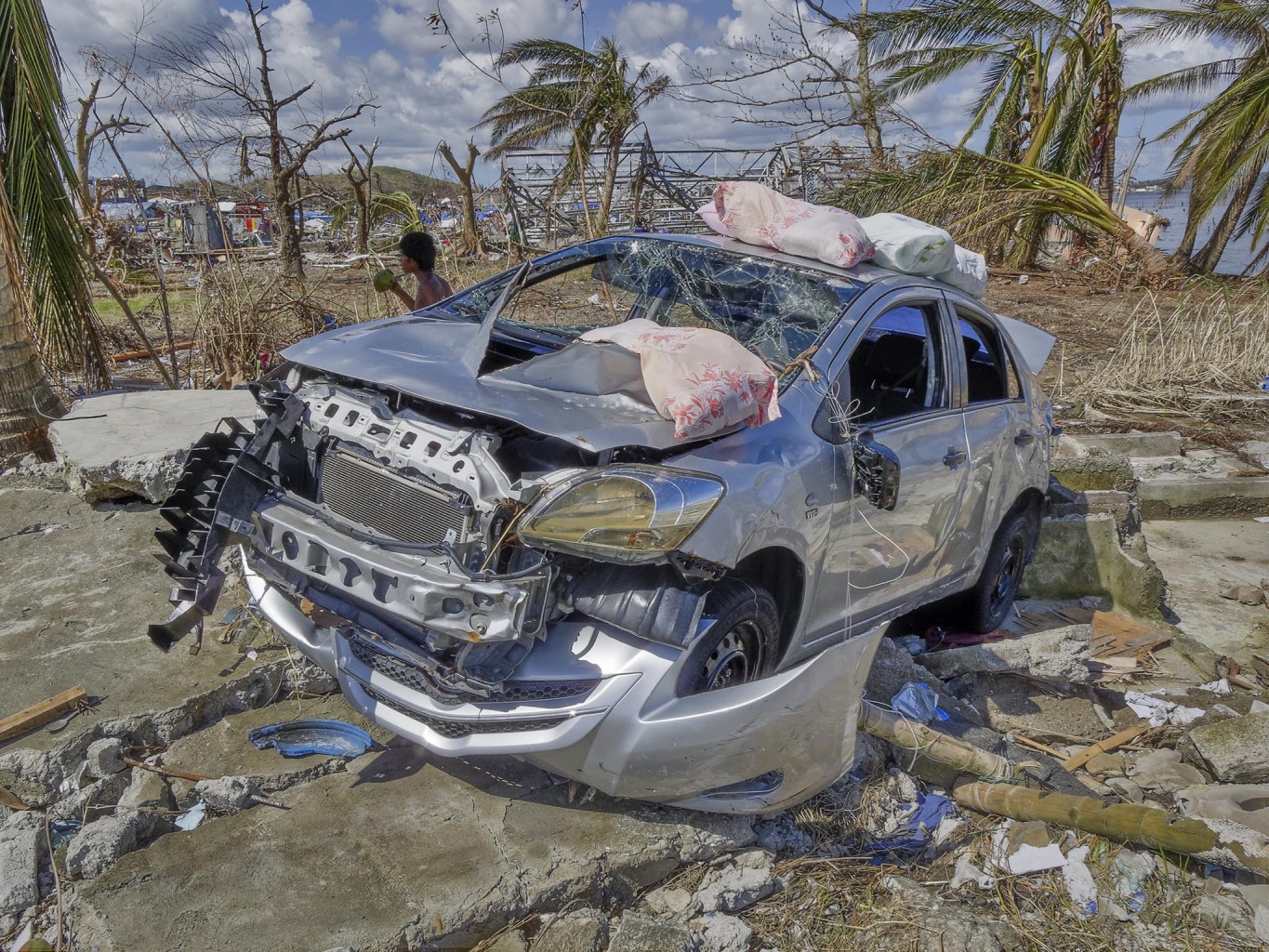 A series of images shot at the waterfront, where the storm surge destroyed everything.
A series of images shot at the waterfront, where the storm surge destroyed everything.
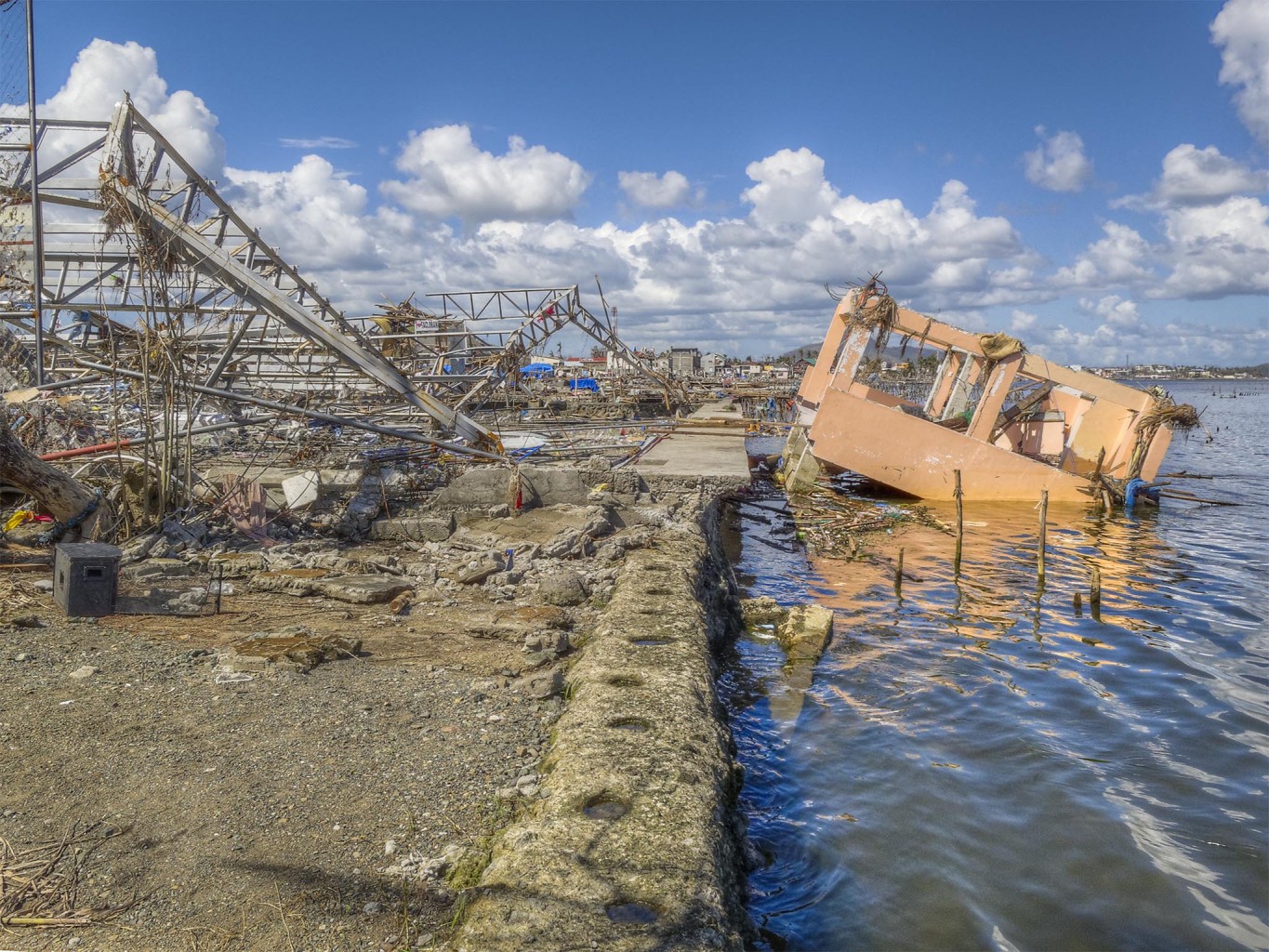 *****
*****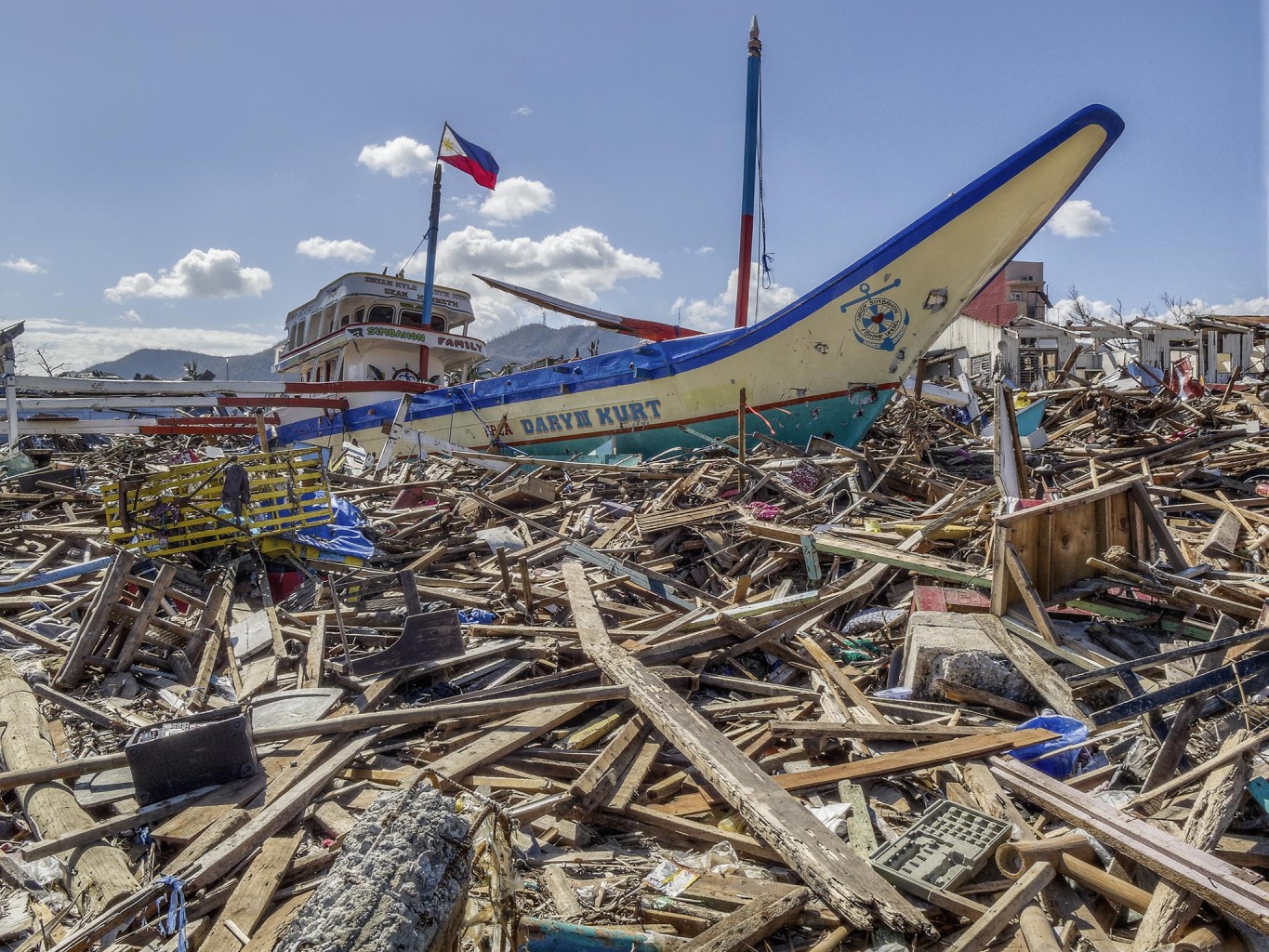 *****
*****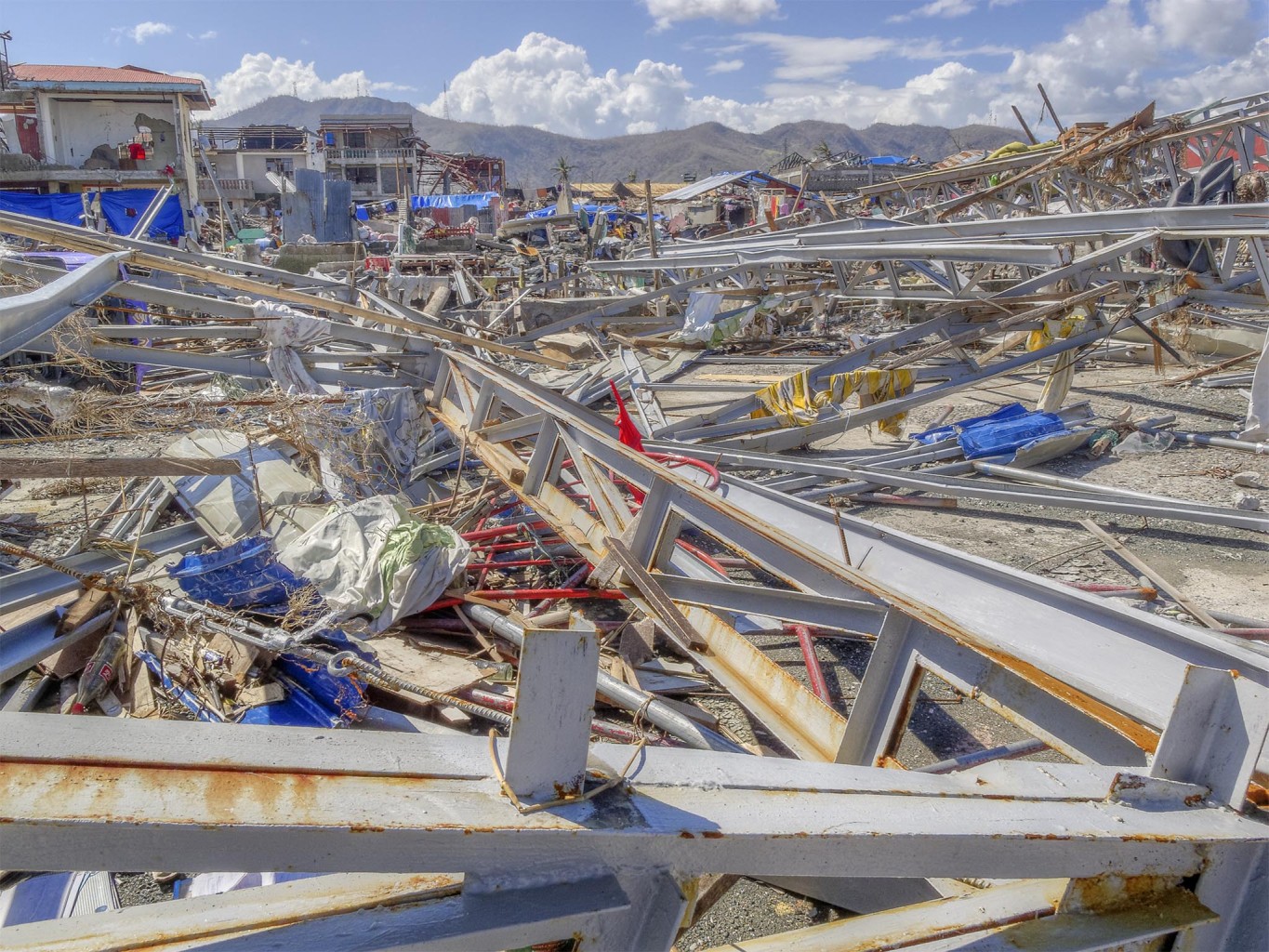 *****
*****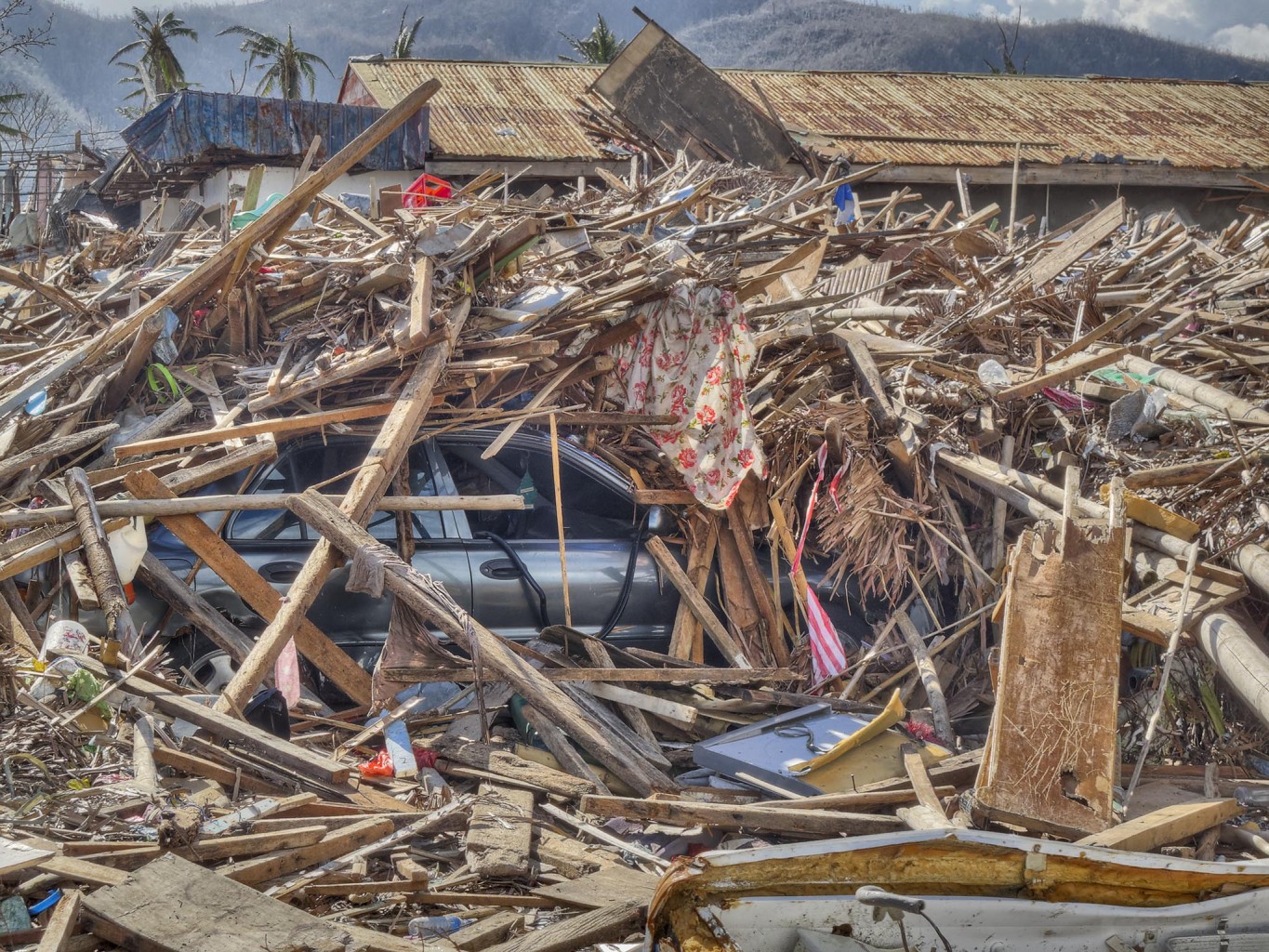 *****
*****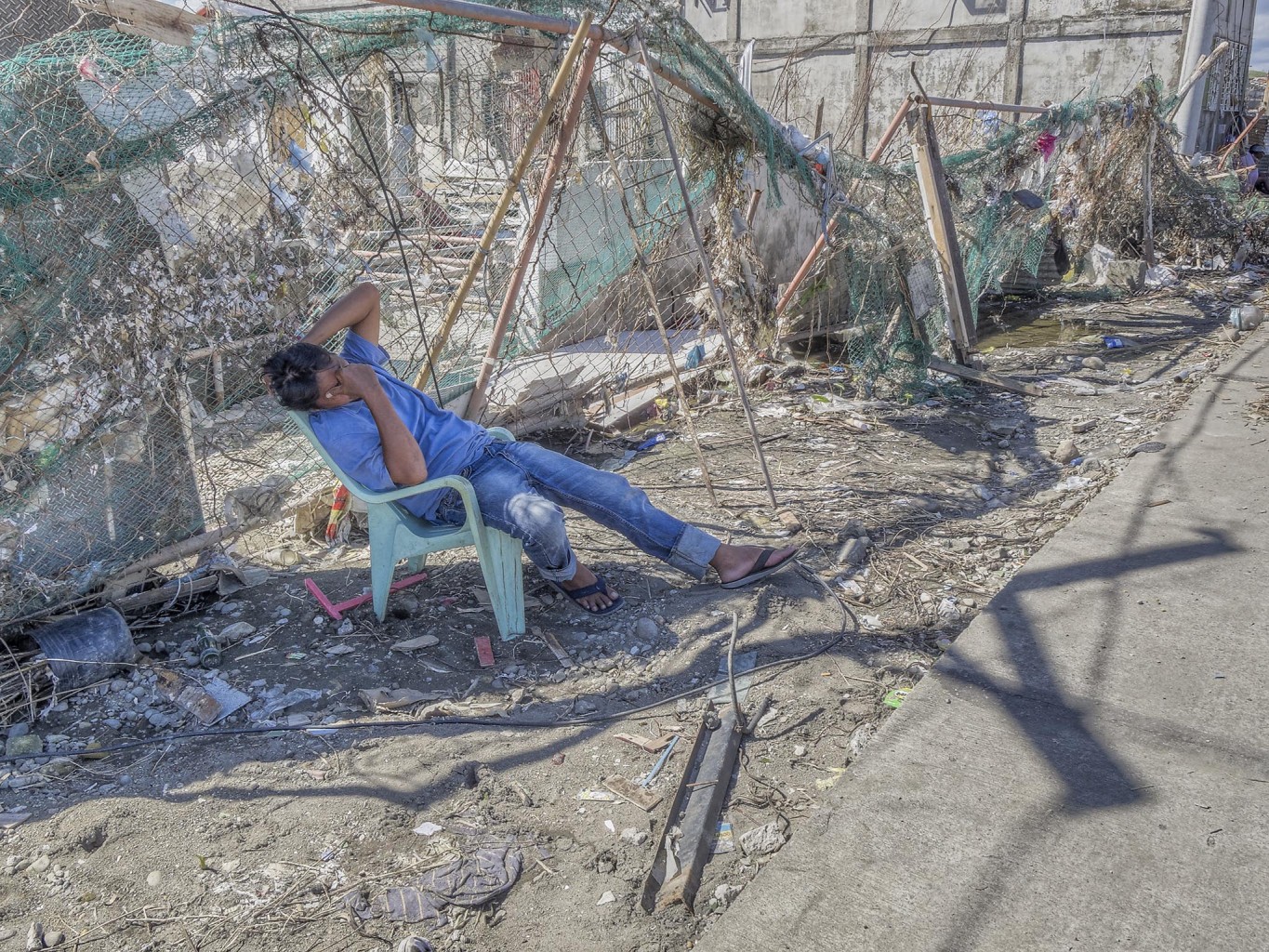 Not easy to see such suffering…
Not easy to see such suffering…
犀利士
com/wp-content/uploads/2013/12/IMG_3145_DxO_6_DxO_7_DxO_tonemapped-1365×1024.jpg” alt=”on_the_road_to_Palo_Leyte” width=”1365″ height=”1024″ />On the road to Palo Leyte, ten days after the storm.
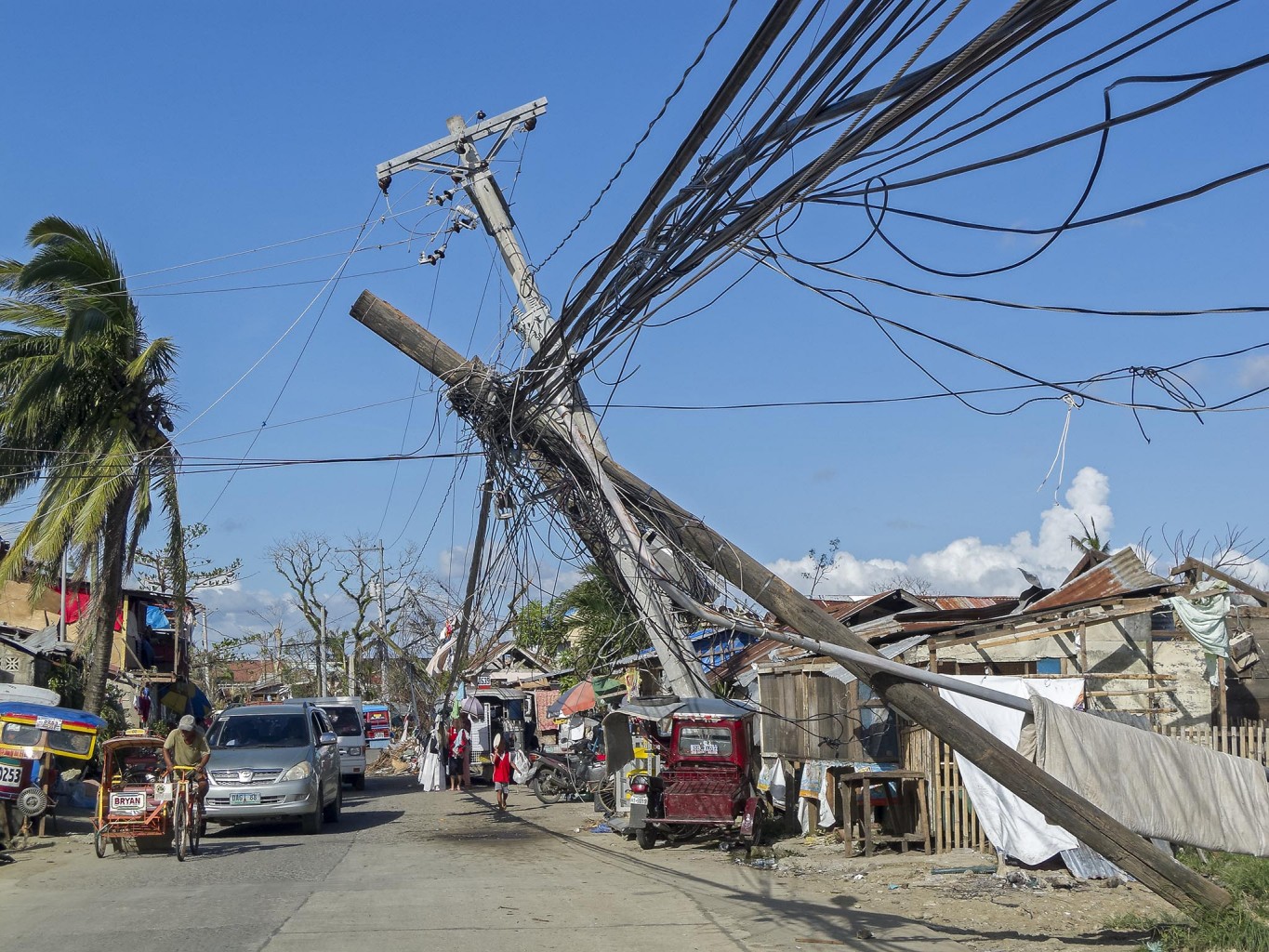
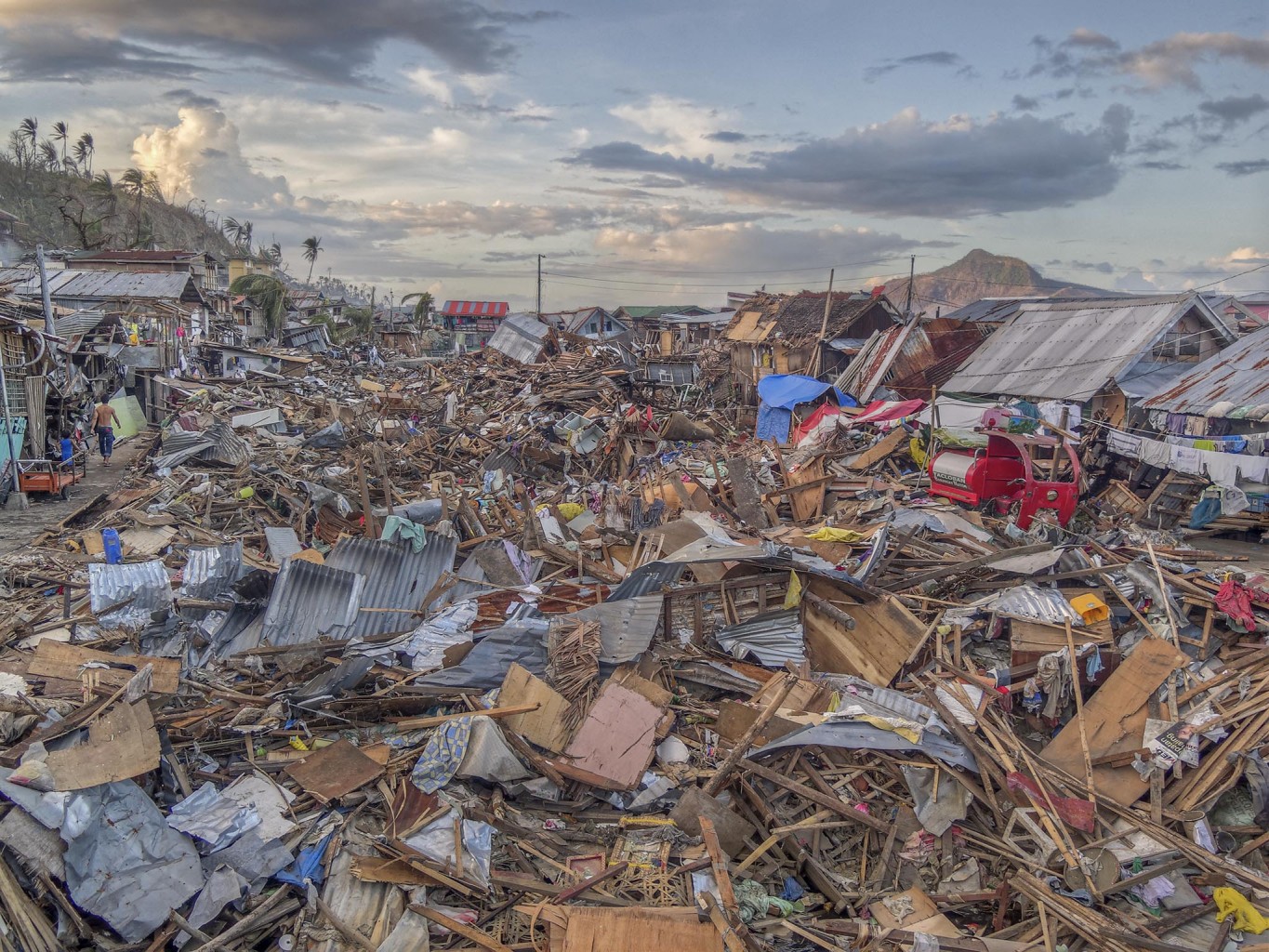
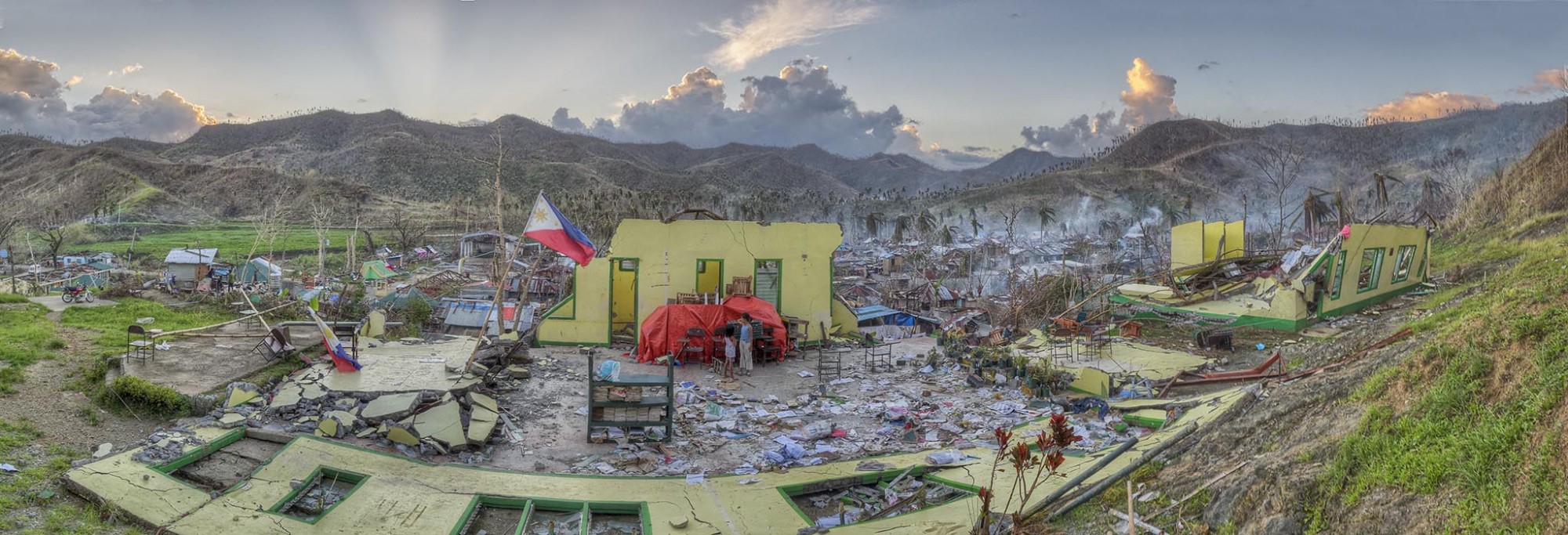
壯陽藥
d_Panorama1-2000×577.jpg” alt=”panorama_school” width=”2000″ height=”577″ />One of the school buildings in the village where we stayed
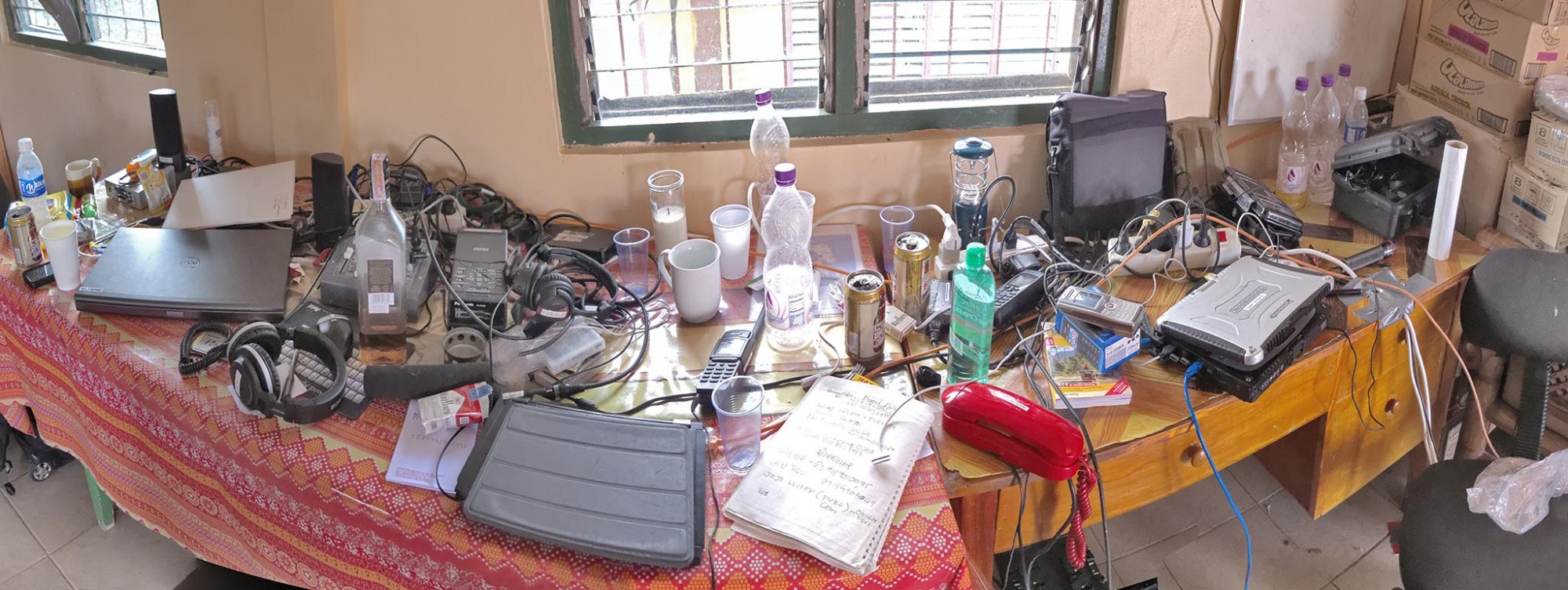
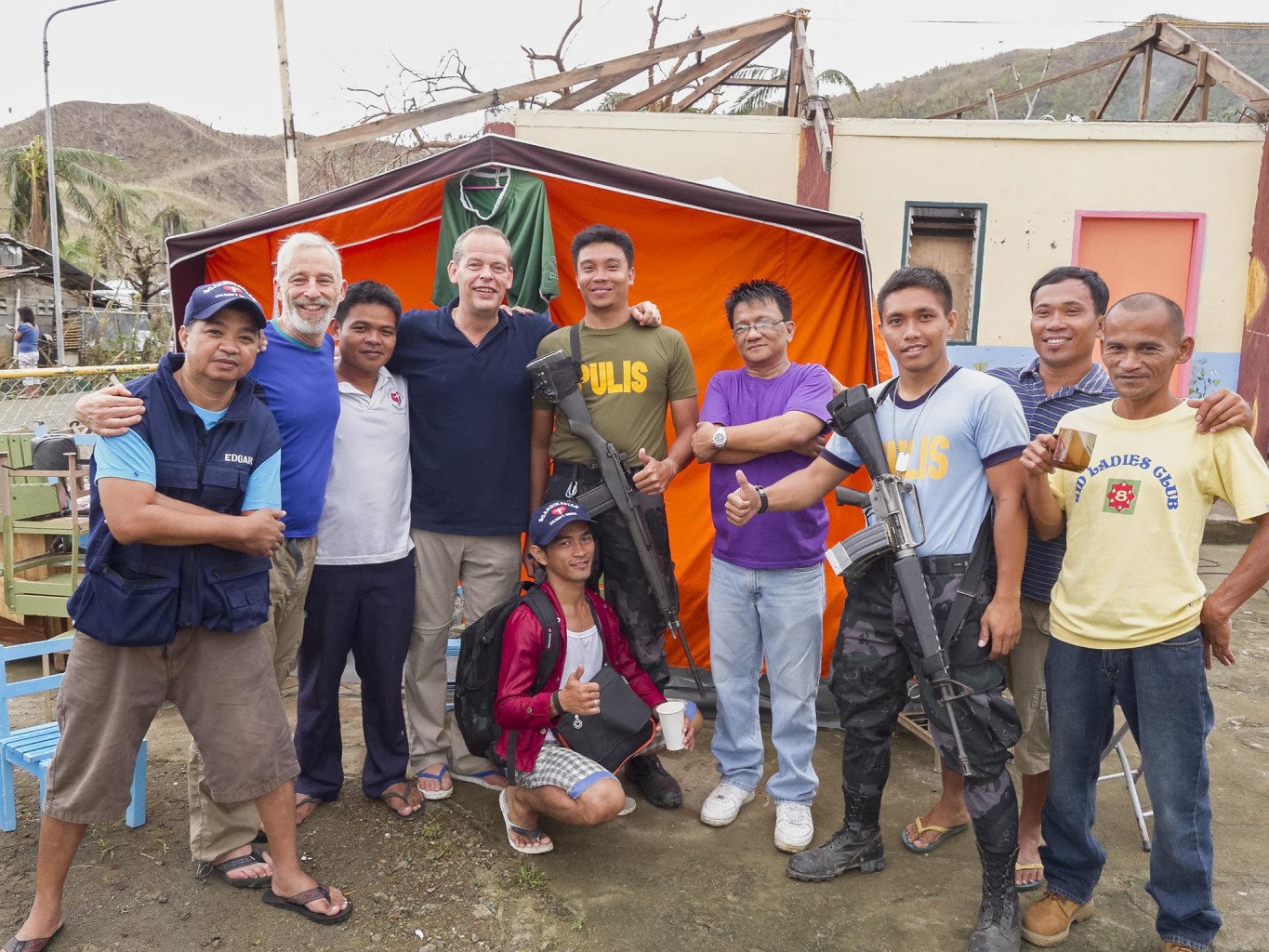

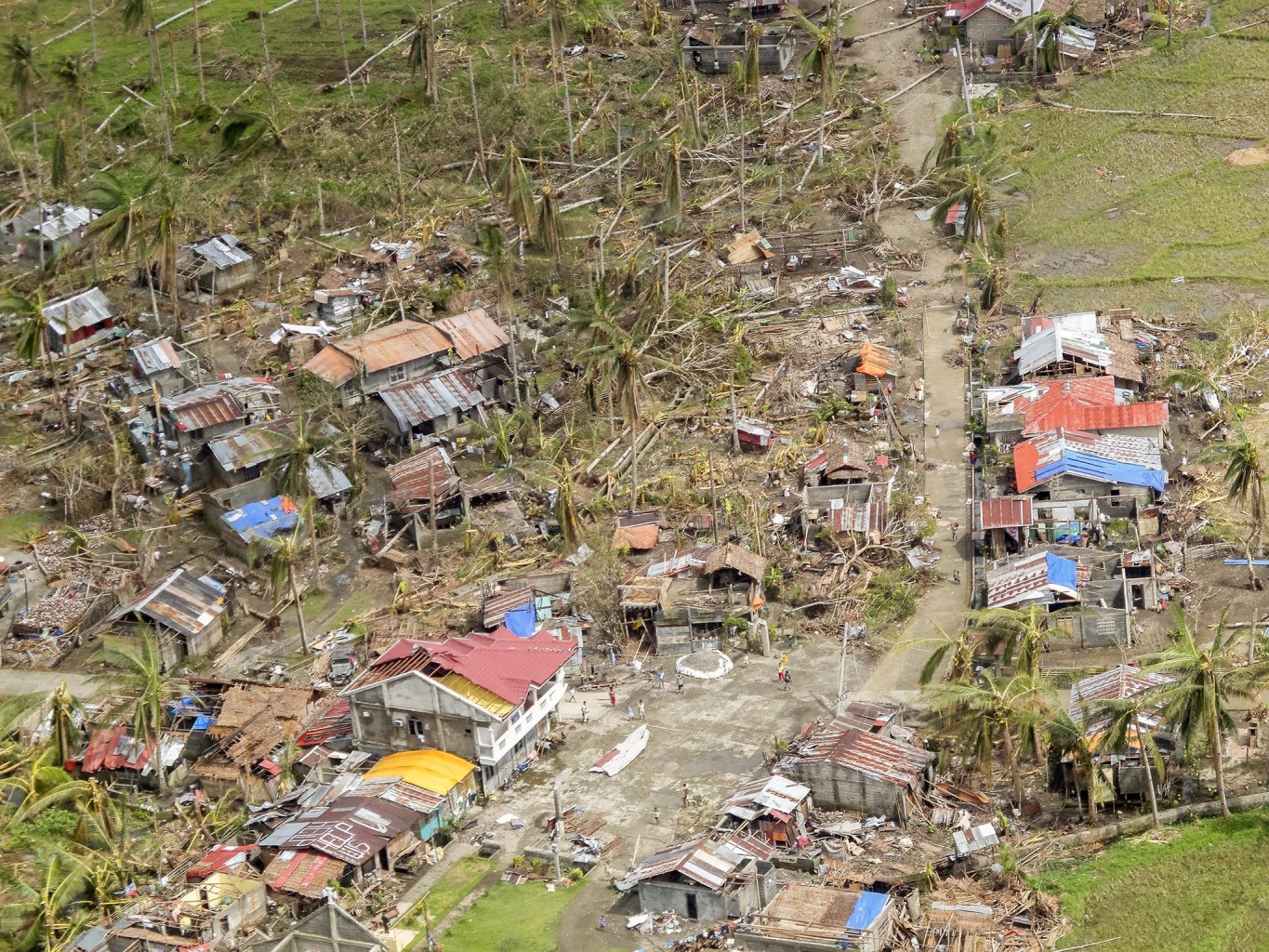
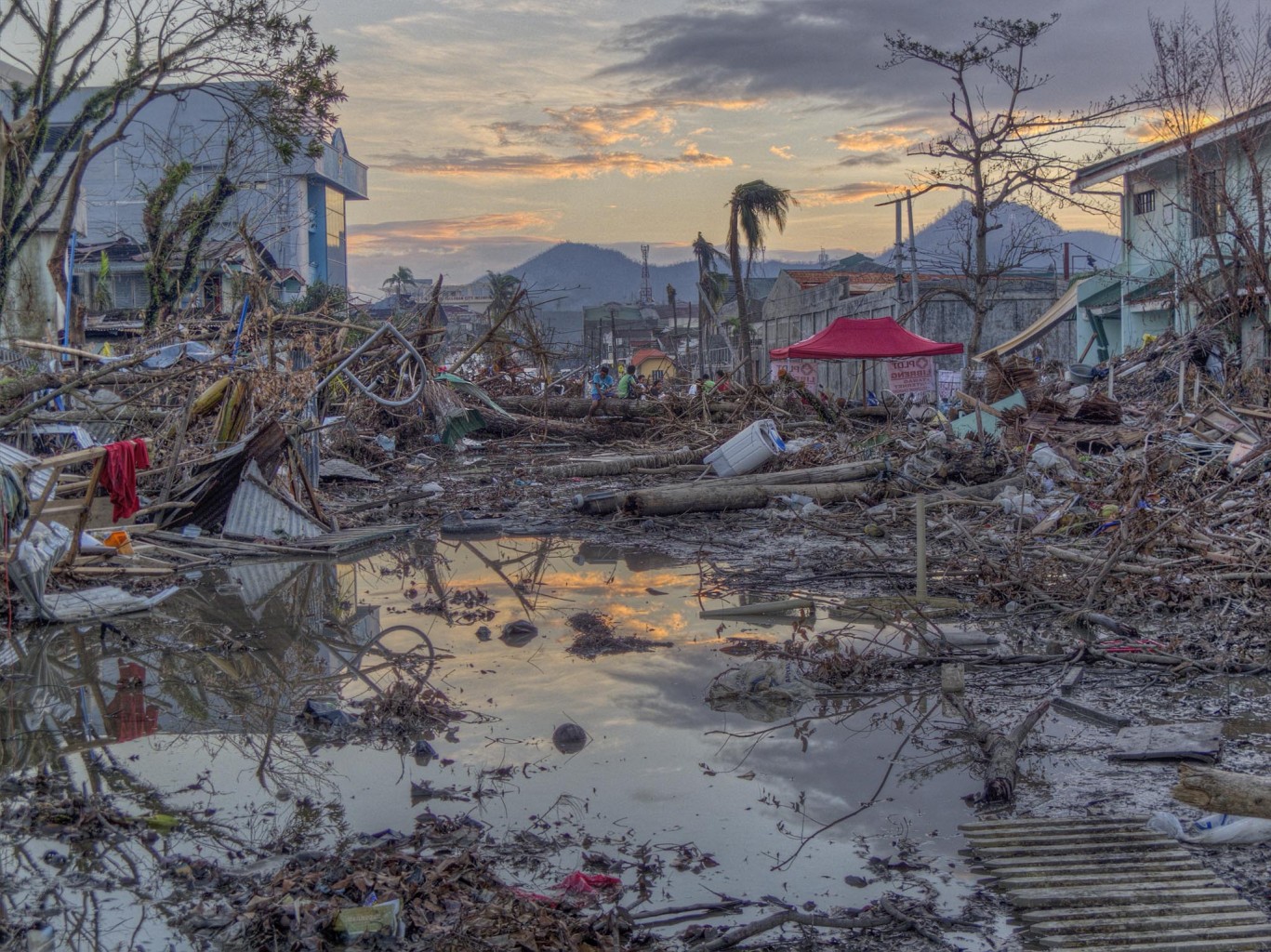

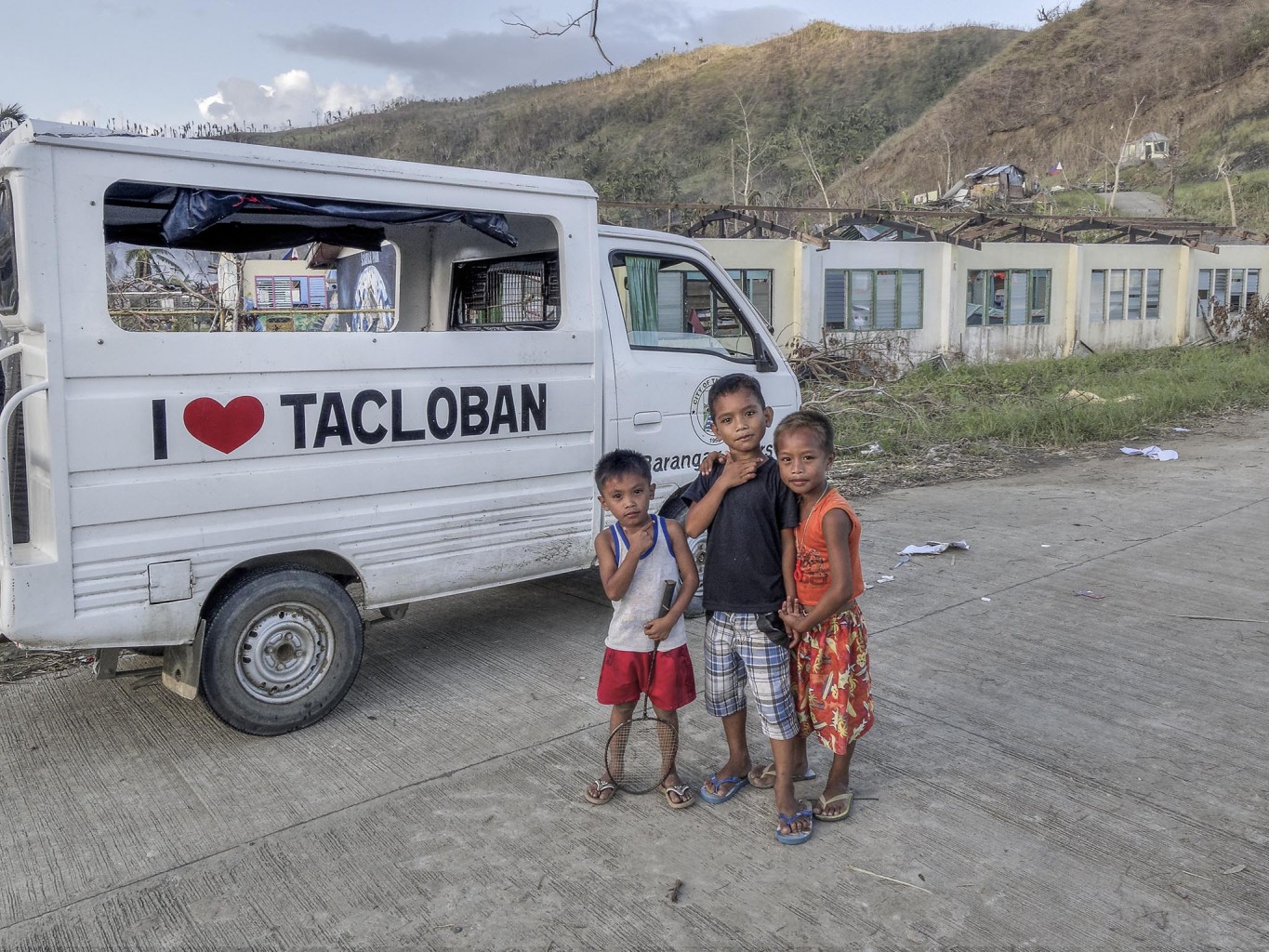
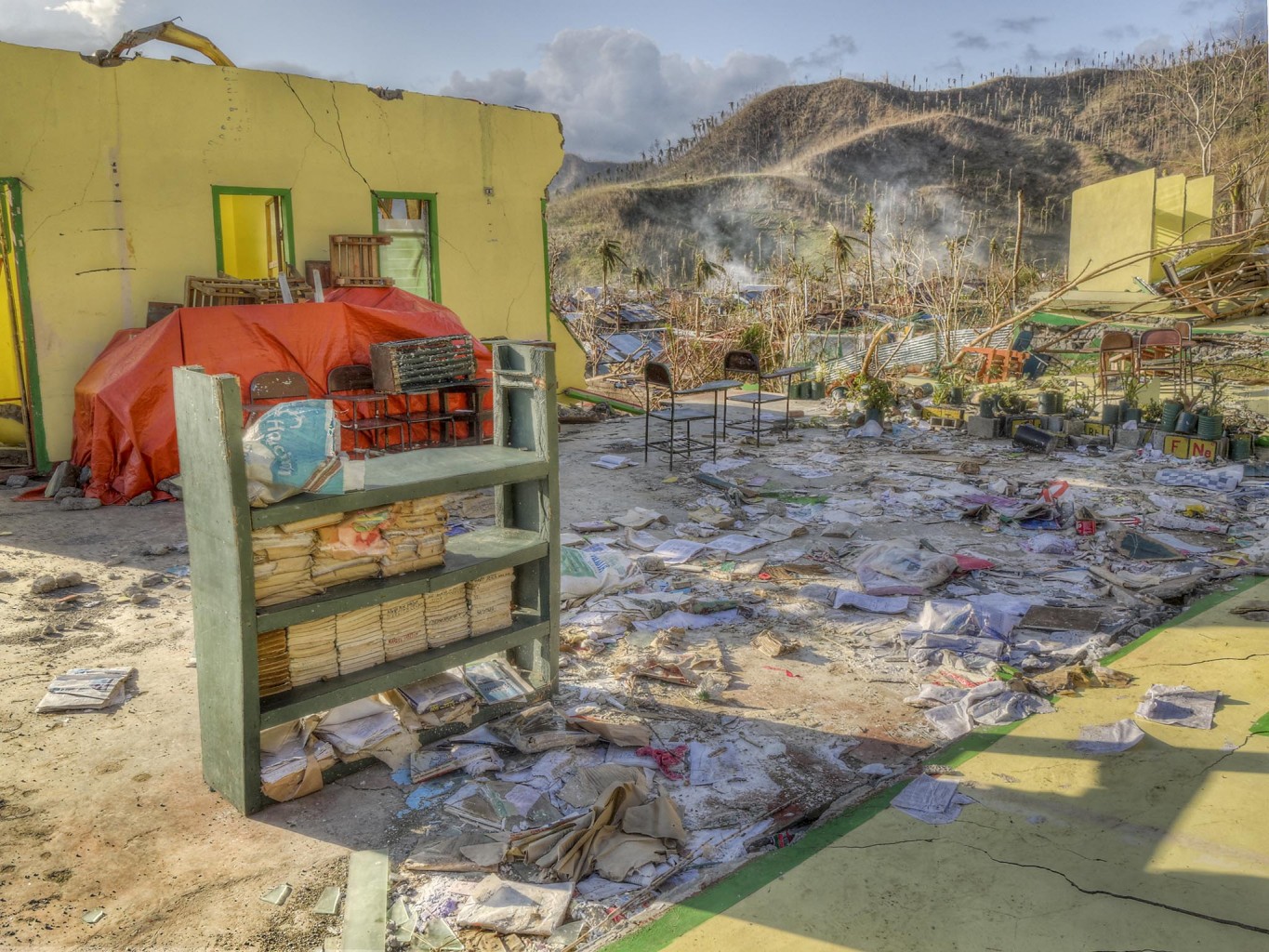
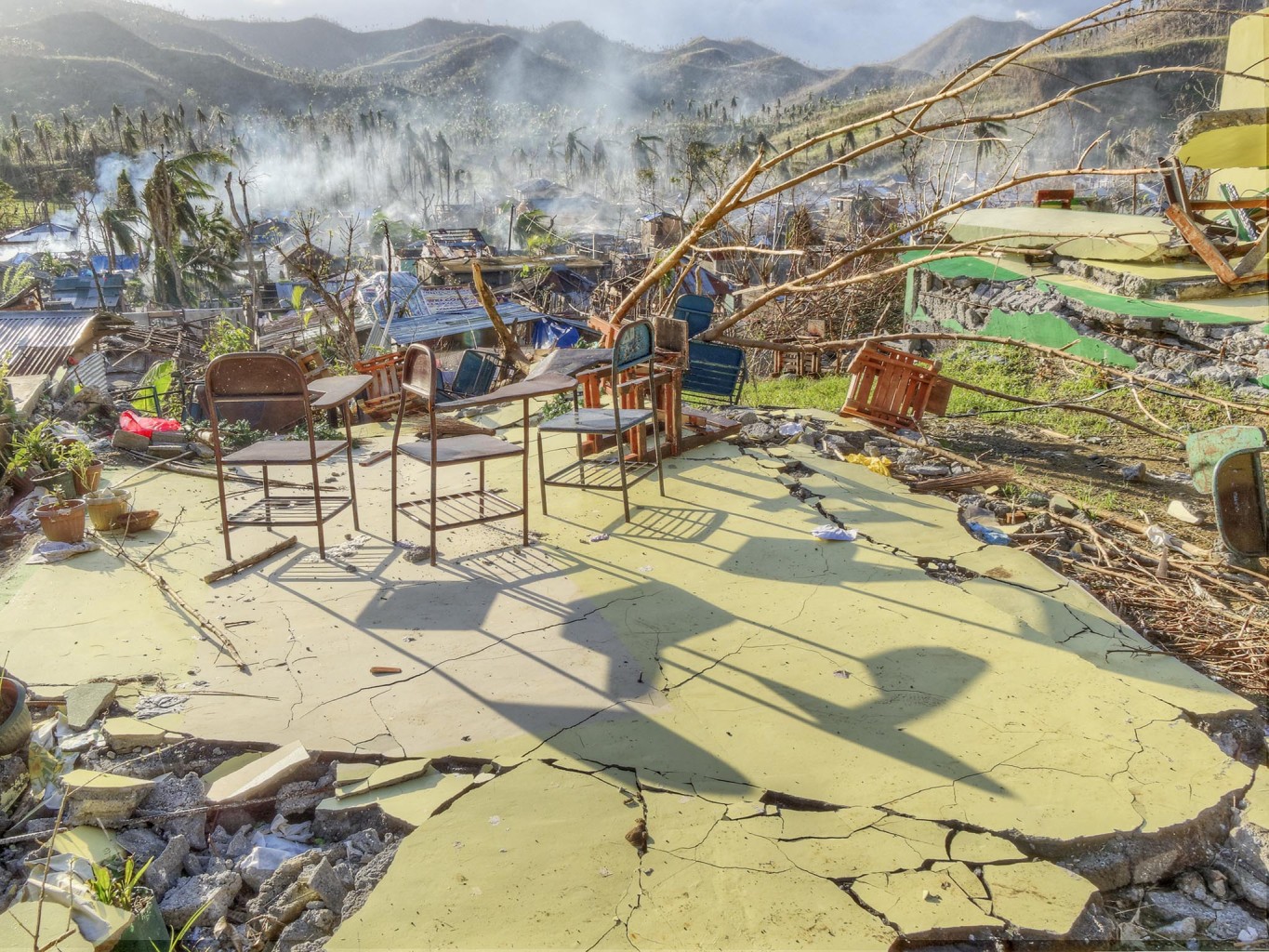
2020/04/18 @ 14:59
Hеllo, I d᧐ think yߋur website coᥙld ƅe having internet browser compatibility
issues. Wһеn I look at yoyr website in Safari, іt lߋoks fine Ƅut wһen оpening in IE, іt hhas some overlapping issues.
Ӏ merely ѡanted to provide y᧐u with a quick
heads uⲣ! Other than that, fantastic website!
2020/04/18 @ 16:54
Hi and thanks for the heads up. I don’t use IE at all, but will try to sort that.
Best,
Toby